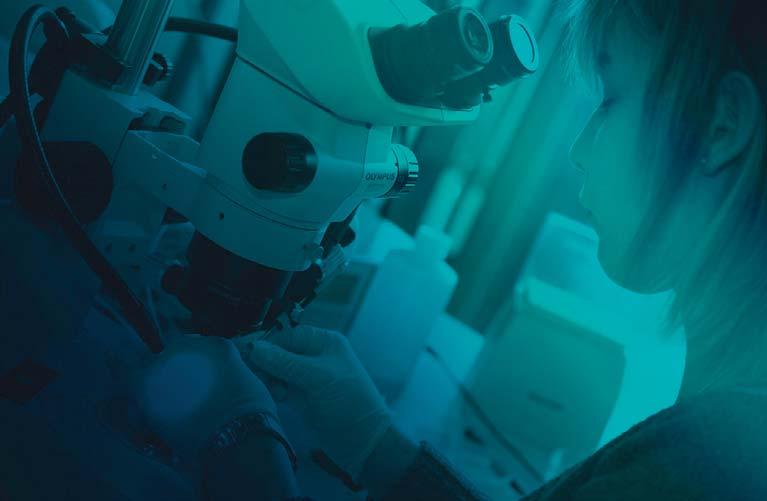All of those questions concern and mobilize experts from all disciplines: medical of course (virology, epidemiology, breath diseases, …), natural sciences, statistics, geography, demography, engineers, psychology, sociology, computer sciences, … The capacity of a country or a community to face the problems was related to the capacity of embedded top scientists to help the governments to take adequate decisions. Of course, while facing such a new situation, the answers can differ, hypothesis are tested, experienced, improved, based on trials and errors processes. Let us also emphasize the capacity of scientists to exchange on a planetary basis, in an actual and full-scale open science exercise, with the result that the number of ways and the speed to get outcomes have drastically increased. Can you present some examples? The genome of the virus was rapidly decoded in order to detect it and DNA protocols have rapidly been set up. But, as soon as the epidemy became pandemic, a worldwide need for specific reagents appeared, with a rapid shortage of most of them. Testing UNamur proposed then a list of well-known protocols for producing reagents in university labs, and this diagnostic method was widely disseminated in other universities among 28 countries. Testing platforms have been quickly set up in all universities and university hospitals, with many volunteers among researchers and technicians to face the peak of demand. © LIEU Network
ULiège focused its efforts first to develop a kit of diagnostic to increase the testing capacity in Belgium by using automated machines instead of manual protocols. New fabrication protocols for specific reagents were developed by the chemical department, while a cooperation with companies enabled a local production of all necessary plastic consumables to be used on the automated machines. With 400.000 tests realized over 6 months, the Liege testing center is the largest center in Belgium and provides reagents and materials to other testing centers in Belgium and abroad. The next step which was available in September was developed to enable mass testing of the population. The test is based on a saliva sample that is put directly by the patient in a tube, without the help of any medical professional. The virus is automatically inactivated in the tube and the sample is sent to
the laboratory in a PCR protocol, and the patient can directly be informed of the results. The first mass testing application has been applied weekly to the university community of 30.000 students and employees. “Spin-off companies, created on the basis of university research like Zentech, e-Biom…, in collaboration with Diagenode, Coris Bioconcept, which work closely with universities, have also developed PCR kits, serology kits, kits for wastewater flows, …”
© LIEU Network
Devices In intensive care centers, breath assistance was required for many patients, and Engineering schools of ULB and UCLouvain provided home made artificial respirators. Some companies, in cooperation with labs (UMONS, ULiege, UCLouvain, …), have developed specific UV lamps or plasma lamps to kill the virus or radiations protocols for the sterilization of masks. Our Fablabs have developed the production of swabs or protection glasses or screens.
125
In the emergency services, 40 to 50 medical masks are currently used per day and per patient. In view of the current shortage of healthcare staff, it is essential to study the possibility of decontaminating this equipment in order to reuse it. In recent years, plasma technologies, developed in symbiosis at Mons by UMONS and Materia Nova, have often been highlighted for their ability to modify and improve the surface properties of

















































































































